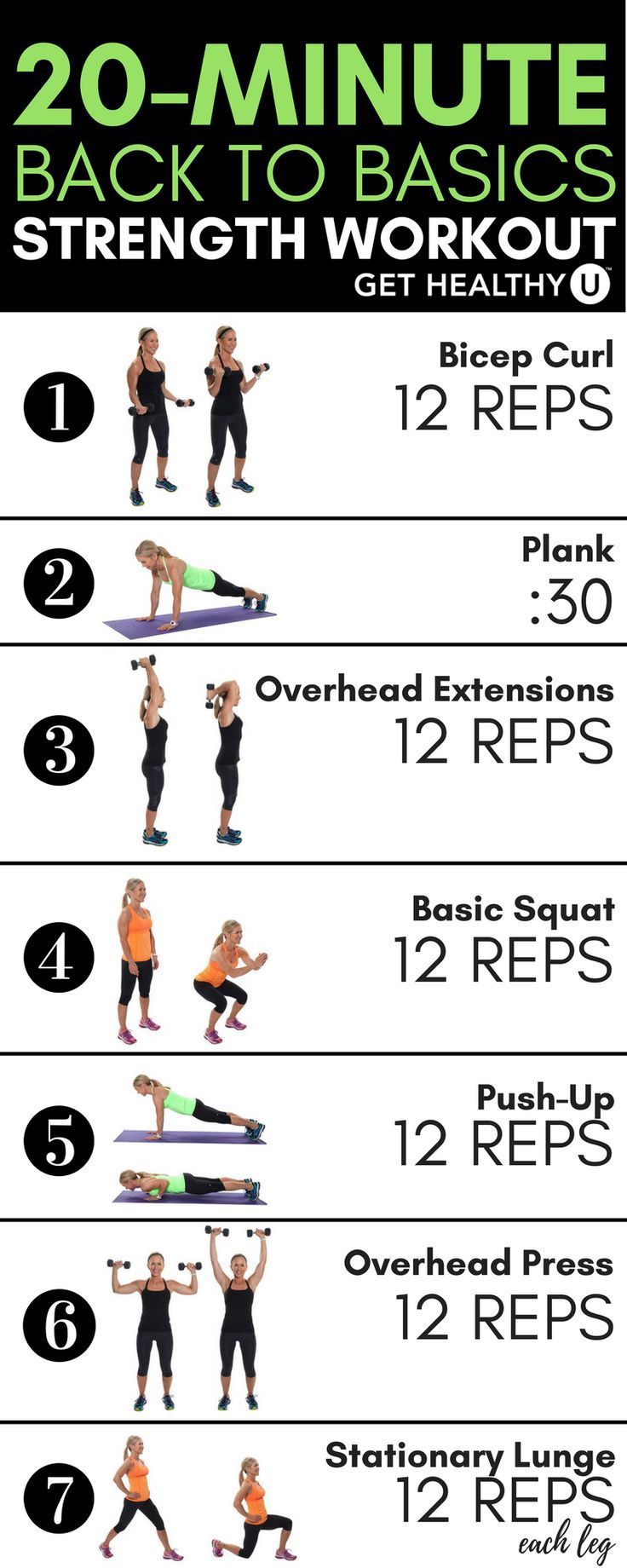
To build stronger muscles, it is important to eat the right foods. A key step to a more defined body is adding protein to your diet. You can start by adding one or two high-protein snacks a day to your daily diet. These snacks are a great way of rehydrating after a hard work out. Cardio exercises can also be included in your workouts.
Building muscle, maintaining and eating the right foods are key to a defined body. Although athletes possess a large muscle mass, they struggle to identify the different muscle groups. For a successful muscle definition program, it is important to use the correct nutrition and train properly. A healthy diet is essential for achieving the ideal body shape and perfect muscles. A balanced diet is key to developing a great physique.

Training your body for longer periods of training is the best way to build more defined muscles. It is important to keep your body's fat levels below 10 percent. This will lead to more muscle mass and lower body fat. High-protein meals are also important to ensure the best results. Although it may seem obvious, this is an important point. The key to success is not how heavy you exercise, but how much you do.
To have well-defined muscles, it is essential to find the right strength exercise program. To decrease your body's fat percentage, first you need to modify your body. Your body will become stronger by improving your diet and exercising more. Having defined muscles isn't about having a large amount of body fat. Rather, it's about having a solid foundation for muscle growth. Cardiovascular exercises should be your main focus.
Changes in your body composition can give you muscle definition. Erin would like to transform her body's composition from one of fat to the other. To do this, she will reduce her subcutaneous fatty acids. Her muscles will become more defined by decreasing the subcutaneous fat. This can be accomplished by increasing your intensity during workouts or changing the intensity in your exercise routine. If you are working out hard, you need to feel the burn. This will help you determine if your workout is producing visible results.

Your goal should be to develop a strong, defined muscle. This means you need to work out consistently and avoid short breaks. The intensity of your workouts should be varied until you achieve the desired results. Make sure you keep your muscles toned, and your muscles lean. Your arms should move easily, and your muscles should shine. By following these tips, you'll be able to gain a lean and well-defined body in no time at all.
FAQ
How can my blood pressure be controlled?
You must first determine the cause of high blood pressure. You must then take steps towards reducing the problem. This could mean eating less salt, losing some weight, taking medication, and so on.
Also, make sure to get enough exercise. Walking can be a good alternative to regular exercise if time is tight.
A gym membership is a good idea if you don't like how much exercise your doing. You will probably join a gym where you can meet other people with similar goals. It's easier for you to exercise if you know that someone will be watching you at the club.
What is the best way to eat?
There are many factors that influence the best diet, including your gender, age, weight, health condition, lifestyle, and personal preferences. You should also consider how much energy your exercise consumes, whether you like low-calorie or high-calorie foods, and what you enjoy in terms of eating fruits and veggies.
Intermittent fasting is a good option if you're trying to lose weight. Intermittent fasting allows you to consume only certain meals per day, instead of eating three large meals. This method may work better than traditional diets which include daily calorie counts.
Research suggests that intermittent fasting may increase insulin sensitivity and lower inflammation. This can result in a reduction in blood sugar levels and a reduced risk of developing diabetes. Research suggests that intermittent fasting can promote fat loss and improve overall body composition.
Why is it important that we live a healthy and happy life?
Healthy living can lead to a longer, more fulfilling life. Good nutrition, exercise regularly, good sleep habits, stress management and healthy lifestyle can help you avoid heart disease and stroke.
A healthy lifestyle will also improve our mental health by helping us cope better with everyday stresses. A healthy lifestyle will help us feel more confident and younger.
What are 10 healthy behaviors?
-
Get breakfast every morning.
-
Don't skip meals.
-
You should eat a balanced diet.
-
Drink lots of water.
-
Take care of your body.
-
Get enough sleep.
-
Stay away from junk foods.
-
Do some type of exercise daily.
-
Have fun
-
Make new friends
What is the difference of fat and sugar?
Fat can be a source of energy that is obtained from food. Sugar is a sweet substance found naturally in fruits and vegetables. Both fats, as well sugars, provide the same number calories. But fats are twice as calories as sugars.
Fats are stored within the body and can contribute to obesity. They may cause cholesterol buildup and lead to strokes or heart attacks.
Sugars can be quickly absorbed by your body and give you instant energy. This causes blood glucose levels in the body to rise. High blood glucose levels are dangerous as it can increase the likelihood of developing type 2 diabetes.
Statistics
- Extra virgin olive oil may benefit heart health, as people who consume it have a lower risk for dying from heart attacks and strokes according to some evidence (57Trusted Source (healthline.com)
- According to the Physical Activity Guidelines for Americans, we should strive for at least 150 minutes of moderate intensity activity each week (54Trusted Source Smoking, harmful use of drugs, and alcohol abuse can all seriously negatively affect your health. (healthline.com)
- This article received 11 testimonials and 86% of readers who voted found it helpful, earning it our reader-approved status. (wikihow.com)
- In both adults and children, the intake of free sugars should be reduced to less than 10% of total energy intake. (who.int)
External Links
How To
What does the term "vitamins" mean?
Vitamins can be described as organic compounds found in food. Vitamins are essential for our bodies to absorb nutrients from the foods we eat. The body cannot make vitamins; therefore, they must be obtained from food.
There are two types of vitamins: water soluble and fat soluble. Water-soluble vitamins dissolve quickly in water. Vitamin C,B1(thiamine), B2 (2riboflavin), and B3 (3niacin), as well as vitamin C,B1, B2 (riboflavin), and B3 (niacin), vitamin B6 (pyridoxine), vitamin folic acid (biotin), pantothenic, and choline are examples. Fat soluble vitamins are stored in the liver and fatty tissue. Some examples include vitamin D and E, K, A and beta carotene.
Vitamins are classified according to their biological activity. There are eight major groups of vitamins:
-
A - essential for normal growth and maintenance of health.
-
C - essential for nerve function and energy generation.
-
D - necessary for healthy bones and teeth.
-
E - Required for good vision & reproduction
-
K - required for healthy muscles and nerves.
-
P - Vital for strong bones and teeth.
-
Q - Aids digestion and iron absorption
-
R - necessary for making red blood cells.
The recommended daily allowance of vitamins (RDA), varies according to age, gender, physical condition, and other factors. The U.S. Food and Drug Administration has established the RDA values.
For adults over 19, the RDA for vitaminA is 400 micrograms per daily. Pregnant women require 600 micrograms daily to support fetal development. Children ages 1-8 require 900 micrograms per day. Children under 1 year old require 700 micrograms daily, while infants over one year old need 500 micrograms every day. This decreases between 9 and 12 months.
Children between the ages of 1-18 need 800 micrograms per daily for obesity, while children overweight require 1000 micrograms. Children underweight or obese will need 1200 mg per day.
2200 mg of vitamin A per day is required for children aged 4-8 who have been diagnosed by anemia.
2000 micrograms are required daily for good health in adults over 50. Because of their higher nutrient needs, women who are pregnant or nursing need 3000 mg per day.
1500 micrograms are required daily by adults over 70 because they lose approximately 10% of their muscle each decade.
Women who are pregnant or lactating need more than the RDA. Pregnant mothers need 4000 micrograms per daily during pregnancy and 2500 after giving birth. Breastfeeding mothers require 5000 micrograms daily when breast milk production is occurring.